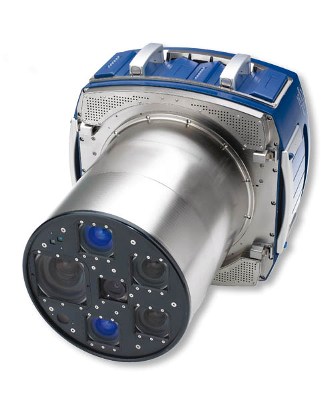Leica Geosystems along with Peregrine Aerial Surveys recently declared that Peregrine has procured the first Z/I Imaging DMC II-230 digital mapping camera.
 DMC II 230
DMC II 230
Delivery of Leica’s advanced DMC II-230 took place at Peregrine’s HQ in Abbotsford, British Columbia, in April. This facility accommodates the construction of North America’s fourth DMC II system.
The DMC II has been specifically designed to be a photogrammetric mapping camera with a robust square frame and standard pixel geometry within a single pixel array that contributes to a geometric resolution of superior quality. The entire DMC systems are capable of assembling four-band multispectral such as Red, Green, Blue, Near IR as well as black-and-white panchromatic imagery. Based on automated forward motion compensation and rapid refresh rate, operators can launch the DMC at higher altitudes for small-scale regional projects and at low altitudes for large-scale survey applications.
The DMC II cameras are an innovative development in the original DMC-based innovative digital technology. The DMC II is the first digital aerial camera to be incorporated with a single monolithic panchromatic (PAN) camera head that will result in wide ground coverage generation, ensuring efficient capture of large-scale, high-resolution imagery. Overall geometric accuracy and radiometric quality will be enhanced. Also, efficient post-processing can be achieved without requiring image mosaicking. The PAN-to-multispectral pixel ratio is 1:2.6, resulting in extremely crisp pan-sharpened imagery.
Carl Zeiss’ new customized lens design and Teledyne DALSA’s single, ultra-large CCD sensor that powers the PAN camera head are the new developments in DMC II. The DMC II’s radiometric resolution has been increased from 12- to 14-bit, producing greater details from highly reflective surfaces and dark shadows. The DMC II combines with commercial GPS/IMU devices supporting precision data collection.